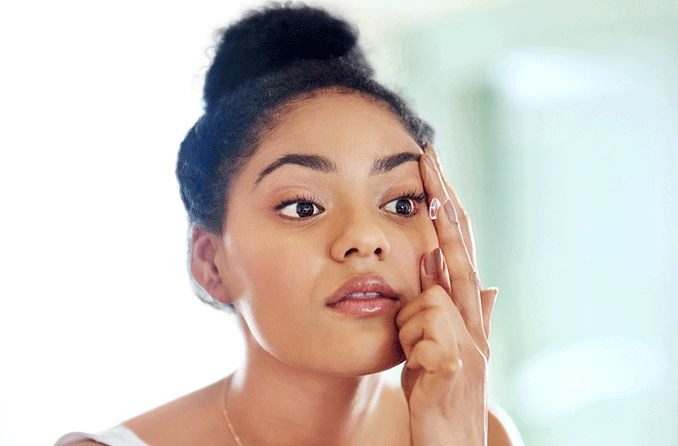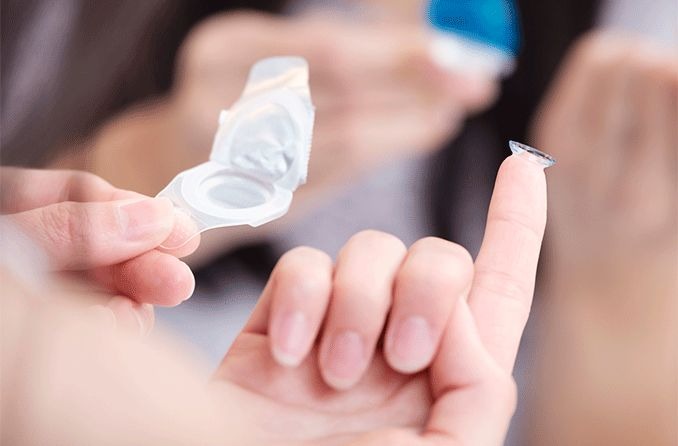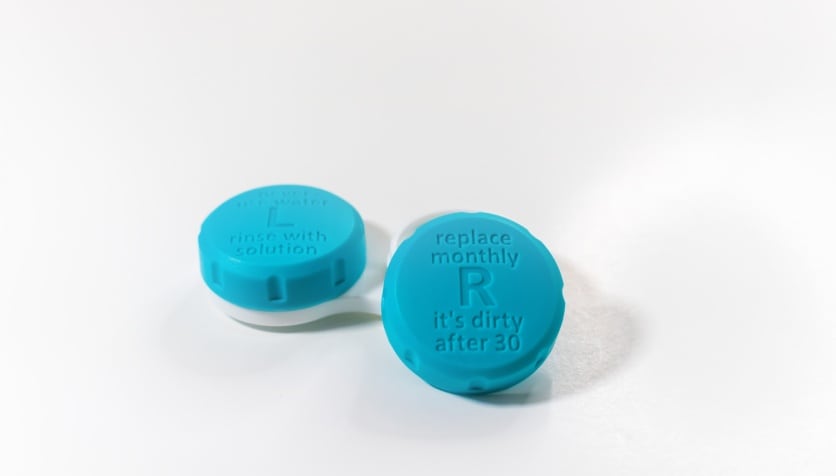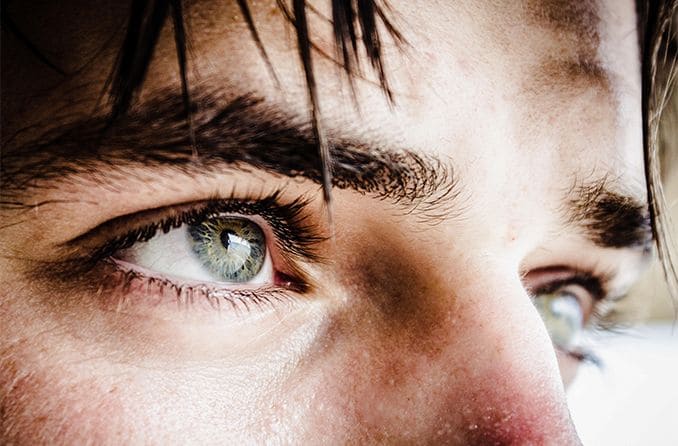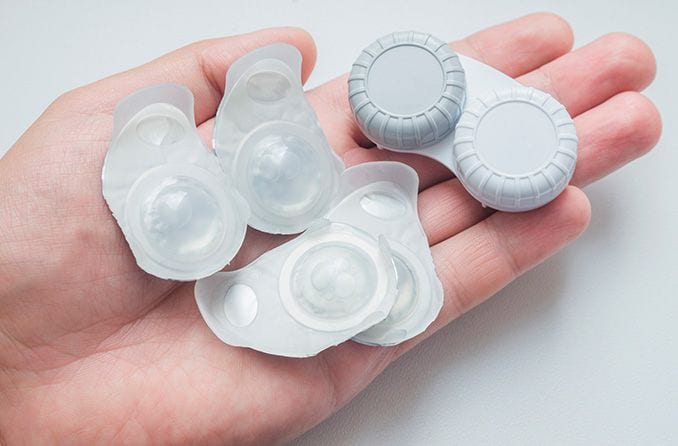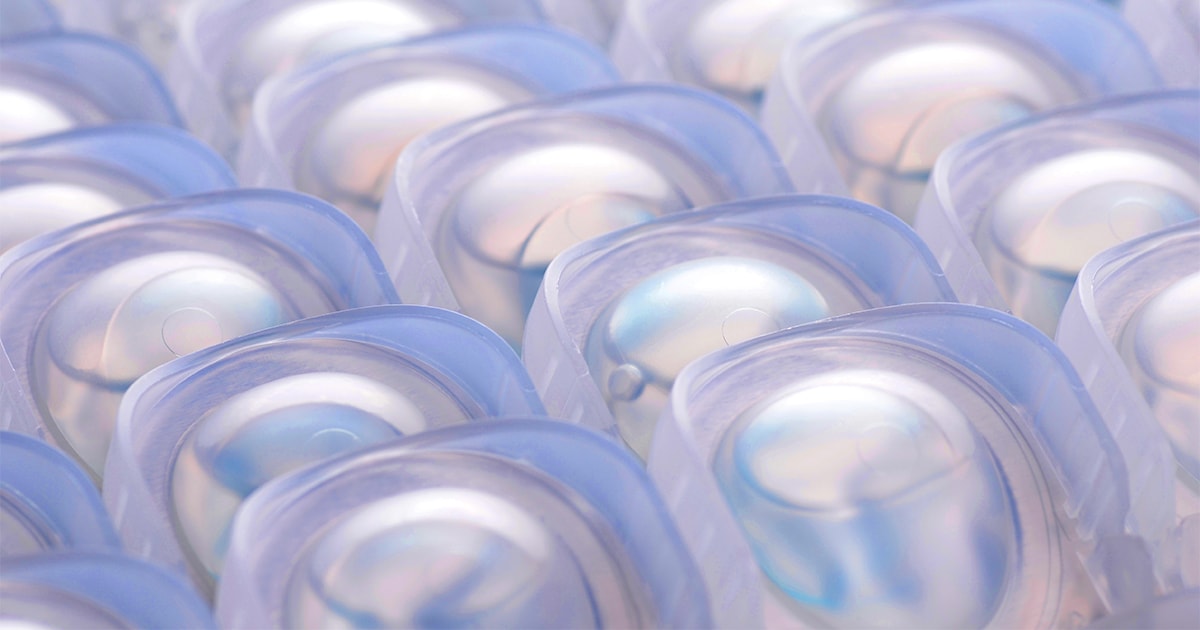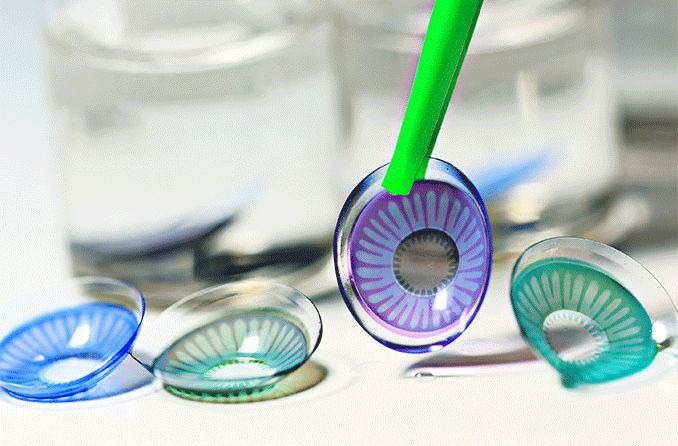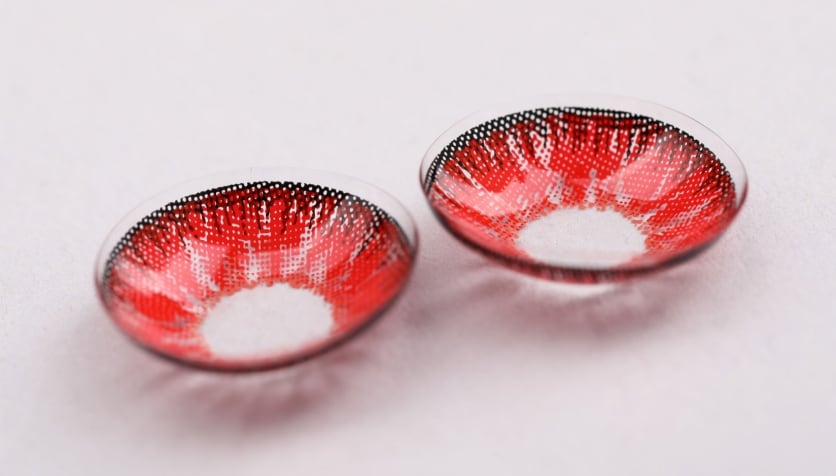Considering Bausch and Lomb Ultra contacts? This line of contacts offers four different types of lenses to suit a variety of vision correction needs.
If you decide Bausch and Lomb Ultra contacts are right for you, you may be able to stay with the line as your needs change. This Bausch and Lomb contacts line includes contacts for both astigmatism and presbyopia, a condition that typically happens after age 40 and makes it harder to see for close-up tasks.
Learn the basics with our guide to Bausch and Lomb Ultra contacts and talk to your eye doctor about whether one of the contacts in this line may be a good fit for you.
Types of contact lenses for astigmatism
In addition to contacts for nearsightedness and farsightedness, the Bausch and Lomb Ultra line offers soft contact lenses for astigmatism.
Astigmatism is one of three main refractive errors that can affect your vision, along with nearsightedness and farsightedness. Astigmatism is caused by an imperfection in the cornea or natural lens of your eye that leads to fuzzy vision.
Patients with astigmatism can wear three different types of contacts:
- Toric – Soft contact lenses designed to correct astigmatism are called toric contact lenses. Toric lenses have different powers on different parts of the lens to correct for astigmatism as well as nearsightedness or farsightedness. They rotate on the cornea to align for the best vision correction.
- Gas permeable – Gas permeable contacts offer another option for astigmatism. Because gas permeable lenses are rigid and thus don’t change shape to fit the cornea, regular gas permeable contacts can correct astigmatism. However, special toric gas permeable lenses may be a better choice in some cases.
- Hybrid – Hybrid lenses have a rigid gas permeable center while the rest of the lens is made of a softer material like silicone hydrogel. They provide the very sharp vision of gas permeables and the comfort of soft contacts.
Each type of contact lenses for astigmatism has pros and cons. Soft contacts like Bausch and Lomb Ultra may be a good option for you if comfort is your top priority. Toric contacts tend to cost more than regular soft contacts, and it may take a few tries with different brands to find the right fit for you.
If crisp vision is more important to you, you may want to ask your eye doctor about gas permeable or hybrid contacts to correct your astigmatism.
Bausch and Lomb Ultra for Astigmatism
The Bausch and Lomb Ultra line of contacts includes two types of soft contact lenses for astigmatism:
- Bausch and Lomb Ultra for Astigmatism – These contacts can be used to treat mild, moderate or severe astigmatism (up to 5.0 diopters) as well as nearsightedness and farsightedness.
- Bausch and Lomb Ultra Multifocal for Astigmatism – These contacts can be used to treat mild, moderate or severe astigmatism (up to 5.0 diopters) as well as nearsightedness, farsightedness and presbyopia.
Your doctor will decide if either of these contacts may be right for you. The choice between the two would likely depend on whether or not you have presbyopia in addition to astigmatism.
How do contacts work for presbyopia?
Presbyopia is a normal part of aging that can make it harder to do up-close tasks, which leads many contact lens wearers to reach for reading glasses.
But there’s another option: contact lenses for presbyopia. Multifocal contact lenses contain two or more prescriptions in the same lens. Some multifocal contacts contain two prescriptions in one lens, similar to bifocals. Others contain a range of powers, similar to glasses with progressive lenses.
You can get multifocal contacts to suit your lifestyle and preferences. There are soft contacts, gas permeable contacts and hybrid contacts for presbyopia. You can find both daily wear and extended wear options.
Some patients find that gas permeable or hybrid lenses provide sharper vision than soft contacts for presbyopia.
Bausch and Lomb Ultra for Presbyopia
Do you have presbyopia? There are two versions of contacts in the Bausch and Lomb Ultra line that may work for you:
- Bausch and Lomb Ultra for Presbyopia – These contacts can be used to correct nearsightedness, farsightedness and presbyopia for wearers who need “add power” between +0.75 and +5.00 diopters. The add power refers to the amount of extra magnifying power you need for close-up work. Most people with presbyopia need between +0.75 and +3.00 add power. Bausch and Lomb Ultra for Presbyopia also can be prescribed for patients with mild to moderate astigmatism (up to 2.0 diopters).
- Bausch and Lomb Ultra Multifocal for Astigmatism – These contacts can be used to correct nearsightedness, farsightedness and presbyopia for patients who need add power between +0.75 and +5.00 diopters. Bausch and Lomb Ultra Multifocal for Astigmatism also can be prescribed for patients with moderate to severe astigmatism (up to 5.0 diopters).
Your eye doctor would decide if one of these lenses is right for you. Both work equally well for presbyopia. The choice between the two would likely depend on whether you also have mild, moderate or severe astigmatism.
How long can you wear Bausch and Lomb Ultra contacts?
Bausch and Lomb Ultra contacts may be worn for up to seven days continuously before you remove them. After you remove the lenses, it’s important to give your eyes a break from contacts at least overnight.
Do you clean and disinfect Bausch and Lomb Ultra lenses after use or throw them away? This depends on whether your eye doctor has prescribed frequent/planned replacement wear or disposable wear:
- Frequent/planned replacement wear – You clean, store and disinfect contact lenses between uses and dispose of the lenses and open a new pair on the schedule your eye doctor recommends.
- Disposable wear – You throw away each pair of contact lenses after taking them out of your eyes. Next time you want to wear contacts, you open a new pair.
Talk to your eye doctor about the pros and cons of planned replacement versus disposable wear for Bausch and Lomb Ultra to see which option is best for you. Then be sure to follow the recommended contact lens care and disposal schedule from your doctor.
Are Bausch and Lomb Ultra contacts monthly?
You may be able to reuse a single pair of Bausch and Lomb Ultra contacts for a month if your eye doctor has prescribed frequent/planned replacement wear of the lenses. That means you will need to remove, disinfect and store the contacts in between uses. After a month, you will need to throw away the contacts and open a fresh pair.
Considering contacts? It may be a good idea to try before you buy. Bausch and Lomb offers a free trial of Bausch and Lomb Ultra contacts if you fill out a form and take it to your next eye appointment.
You’ll need to see your eye doctor for a comprehensive eye exam, contact lens fitting and contact lens prescription. If you’re getting contacts for the first time or thinking of switching to a new type of contacts, your eye doctor will help you find the right kind for you based on your prescription, eye issues and lifestyle.
